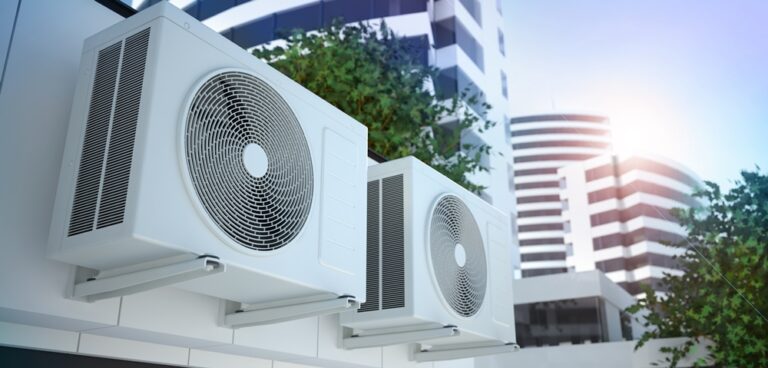In the modern workplace, prioritising employee wellbeing and productivity has become key for employers. This is increasingly important when working with a smaller team. Investing in the comfort and health of your team leads to better performance, increased happiness and heightened job satisfaction. If you are an employer it is worth considering the immediate impact that optimising your air management can have. Often overlooked, improvements in air conditioning, ventilation, and air quality are some of the most effective ways to elevate the overall mood and morale within your workplace.

It is important to note that business owners are legally obligated to comply with health and safety standards concerning ventilation and air quality. These regulations are in place to safeguard employee health, emphasising the significance of maintaining optimal indoor air quality. Furthermore, the COVID-19 pandemic has demonstrated the importance of having well-ventilated workspaces. So, aside from the legal obligations Sophie Davenport, Director at SFE Services discusses how enhancing air management can contribute to creating an ideal work environment.
The Positive Impact of Air Management
Effective air conditioning plays a huge role in employee wellbeing and productivity. Maintaining an optimal ambient temperature is key to improving mood and overall wellness. Enduring a hot and stuffy environment during the summer or shivering at a desk in the winter is far from enjoyable and many of us are aware of the impact this can have on our work. Comfortable temperatures contribute to a more pleasant work atmosphere and a collective boost in morale. Another critical part of air management is ventilation. Air quality control not only increases overall happiness and motivation but also helps curb the spread of common illnesses by replacing stale air with fresh, filtered air. Ensuring proper ventilation guarantees that the air your employees breathe remains fresh and healthy, thereby reducing the likelihood of illness and minimising sick days.
The Infamous Office Air Con Wars
Maximising the efficiency of your existing hardware and preventing workplace disagreements over air conditioning preferences can be achieved through various quick fixes. One effective approach is to implement timers for your systems, activating them a few hours before employees arrive and running for a short period after they leave. This ensures optimal room temperature and ventilation without unnecessary energy consumption. Educating employees on proper controller use helps prevent issues from incorrect settings and implementing a temperature range lock provides them with some environmental control while preventing extreme changes that may disturb others. Identifying temperature-sensitive employees and strategically seating them closer to or away from AC units or grilles is another quick solution. You can also adjust vanes on units or relocate grilles to redirect airflow where needed. If these adjustments do not achieve the desired outcome, it may indicate outdated or ineffective systems that require upgrading. When considering an upgrade, always consult experienced professionals to determine the best approach based on factors like space size and occupant numbers. Tailoring solutions to your specific needs ensures the best investment of resources.
Checking Your Air Management Systems
As a leader, proactively ensuring that your air management is up to scratch is important. You need to follow a regular maintenance schedule, as poorly maintained systems can experience decreased control, quality, and effectiveness. You can carry out visual inspections, such as checking for dust or mould around vents, which provides valuable insights into the need for servicing. The presence of excessive condensation or unpleasant odours will also indicate that a system requires attention. Equally important is engaging with your staff to get feedback on comfort levels. Complaints of tiredness, headaches, and general fatigue serve as indicators that ventilation needs immediate attention.
In conclusion, leaders must recognise the profound impact that proper air management has on staff wellbeing and productivity. Unfortunately, the SFE Services team often encounters poorly executed work from ‘cowboy installers’. Rushed and sub-par jobs result in ineffective and sometimes dangerous systems. It is up to those who oversee the workplace to use a reliable AC installer and to verify that their systems are safe and working well. Temperature control and ventilation are not only legal requirements but also essential contributors to creating a comfortable, healthy, and efficient work environment. By prioritising air management, organisations can unlock their employees’ full potential, leading to increased job satisfaction, reduced absence, and ultimately improved business performance.

